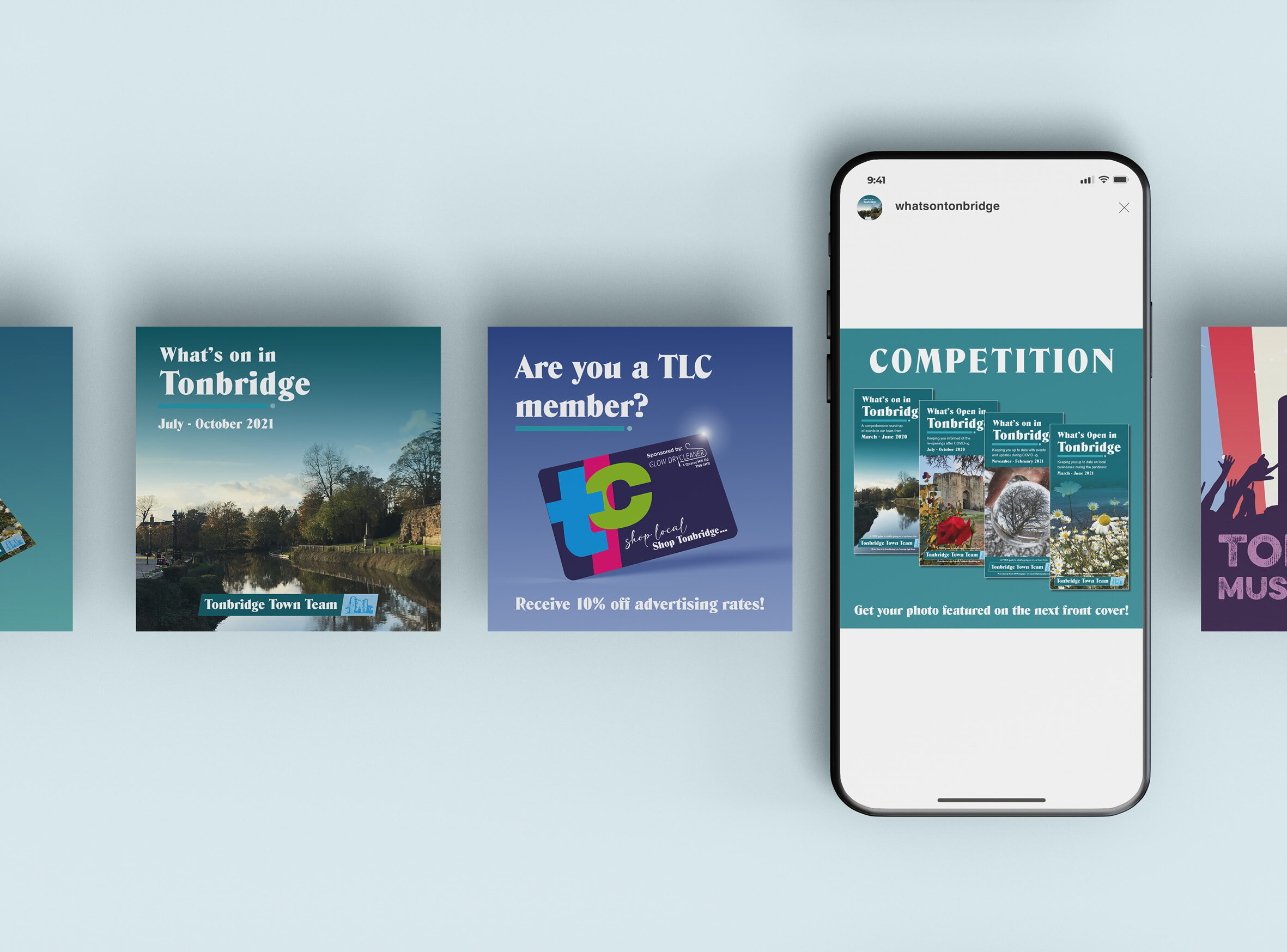Creating Stunning Digital Designs for Online and Print Media
Creating stunning digital designs is an important part of modern storytelling. Whether it's for online platforms or print media, an eye-catching design can capture an audience's attention and convey a message quickly and effectively. Good design isn’t just about making things look nice; it plays a vital role in anchoring a brand's image and building trust with customers. When people see a clean, professional design, they often associate it with credibility and quality.
Digital and print designs are not just artistic expressions. They are strategic tools that can set a brand apart from its competitors. A high-quality design for online platforms can increase engagement, while an impressive print piece can leave a lasting impression on a customer’s mind. Both these elements work hand in hand to enhance a brand’s visibility and get the desired response from its audience.
Understanding the Basics of Digital Design
Digital design serves as a visual bridge between a brand and its audience. It's not about throwing together a few images and text. Rather, it's a carefully crafted composition that considers layout, typography, and colour. Each element tells part of the story, working together to catch the viewer's eye and communicate the intended message clearly.
Let's break down a few key principles that make an effective digital design:
- Colour Theory: Using the right colours can influence how a design is perceived. Warm colours like reds and oranges can energize a design, while cool colours like blues and greens can calm and soothe. Understanding the psychology behind colours helps designers create the right mood and draw attention to specific areas.
- Typography: The choice of font can reflect the personality of the brand. Whether it’s bold and modern or classic and traditional, typography helps in setting the tone. The size, style, and spacing of text are crucial in ensuring that the message is both attractive and easy to read.
- Layout: This refers to how elements are arranged in a design. A good layout considers balance and hierarchy, ensuring that the most important information stands out. The layout also guides the viewer’s eye through the design, making it easy to digest and engaging to explore.
Tools and Software for Digital Design
The right tools can make a huge difference in the quality and efficiency of a design project. There are plenty of digital design tools available, each offering different features suited for various needs:
1. Adobe Creative Suite: Known for its comprehensive range, Adobe tools such as Photoshop, Illustrator, and InDesign are industry standards, offering powerful capabilities for editing images, creating vector graphics, and designing layouts.
2. Canva: Great for beginners, Canva provides an accessible platform with a variety of templates and an easy-to-use interface, perfect for creating social media posts and simple print designs.
3. Affinity Designer: Seen as a strong competitor to Adobe, Affinity offers robust features for vector graphics and illustration, with a one-time purchase option instead of a subscription model.
Choosing the right software involves understanding your project's requirements, your skill level, and your budget. Professionals often favour Adobe for commercial projects due to its versatility and advanced features. However, for those just starting or looking for cost-effective options, Canva and Affinity Designer offer user-friendly alternatives that can still deliver impressive results.
By mastering these tools and understanding the essentials of digital design, creating compelling visuals for both online and print media becomes an achievable goal. Staying informed and updated about the latest trends and software developments keeps a designer on the cutting edge, ensuring their work continues to catch attention and leave a memorable impression.
Incorporating Brand Identity in Your Designs
Brand identity is essentially the personality of your business and how your audience perceives it. It's more than just a logo or a specific colour palette – it encompasses all the visual elements that communicate the core of your brand. A strong brand identity helps to build recognition, trust, and loyalty among customers. When designing for both online and print media, it's important to ensure that your brand's essence is consistently reflected.
Here are some tips to make sure your designs align with your brand identity:
- Consistency: Use the same colours, fonts, and logos across all mediums. This uniformity helps in creating a cohesive brand image. For example, if your brand’s signature colour is a vibrant orange, make sure it's the hero colour in both online ads and printed brochures.
- Adaptation: While maintaining consistency, adapt the design elements to suit the medium. The colours you use on a screen might look different when printed, so always do test prints to ensure they appear as intended.
- Storytelling: Let your brand’s story shine through your designs. Whether it's an online banner or a print poster, the elements should tell a story that resonates with your audience, reflecting your brand values and mission.
Great designs make a brand instantly recognisable. Think about iconic brands whose visual elements you recognise without even seeing the name. Tapping into this level of design fluency can greatly enhance customer connection.
Best Practices for Creating Digital Designs for Print Media
When working with print media, certain factors come into play that are not considerations in digital environments. For instance, the resolution and size of images are different, and the way colours are rendered on paper is not the same as on a screen. Here are some vital practices to follow:
1. Resolution Matters: Always use high-resolution images and graphics for print. 300 DPI (dots per inch) is the standard for printing to ensure clarity and sharpness.
2. Colour Spaces: Understand the difference between RGB (Red, Green, Blue) used for digital screens and CMYK (Cyan, Magenta, Yellow, Black) for print. Converting designs to the correct colour space before printing ensures colours appear accurately on paper.
3. Bleed and Trim: Include bleeds in your design to avoid unwanted white edges around your print. Remember to keep essential text and images within the safe margin to prevent them from being cut off.
Mistakes in print design can be costly. Reviewing files before production and carrying out test prints can help catch any issues early. Using these methods ensures your print media not only looks professional but also maintains the integrity of your brand image.
Design Excellence Through Professional Touch
The art of digital design, especially when switching between online and print media, requires an attention to detail and an understanding of each platform. Even though software and principles form the backbone of design, the human touch finesses it into art. The best designs arise from a blend of technical skill and creative intuition.
While mastering the basics can lead to creating stunning designs, sometimes, enlisting professional help elevates your work to a new level. Professionals bring insight into nuances you might overlook, ensuring your brand always looks its best across all media. Prioritise aligning your design efforts with your brand's core identity consistently, which will surely resonate well with your audience.
To truly bring your brand's visual storytelling to life, consider a digital printing solution that caters to both online and print media. Absolute Creative Print can help elevate your designs with a seamless mix of vibrant colour, thoughtful layout, and consistent brand identity. Learn more today.

